Hidden away from crowds and civilization, the world’s most spectacular thermal springs offer more than just warm water—they provide gateway experiences to some of Earth’s most pristine wilderness areas. These natural hot pools require real effort to reach, whether by hiking through volcanic landscapes, driving down dusty back roads, or trekking across frozen tundra. The reward for this extra effort is the chance to soak in mineral-rich waters while surrounded by untouched nature and absolute solitude.
Here is a list of 20 thermal springs located in remote locations, each offering its unique combination of natural beauty and peaceful isolation.
Landmannalaugar
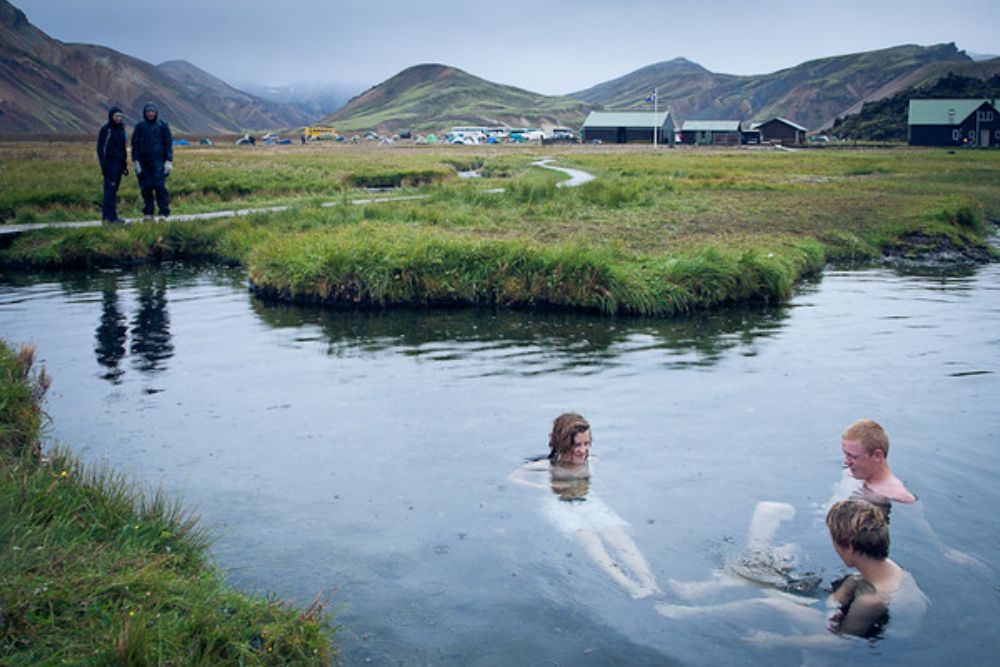
Iceland’s most famous geothermal area sits in the heart of the Fjallabak Nature Reserve, accessible only by rugged highland roads that remain closed for most of the year. The natural hot springs here flow through a landscape of rainbow-colored rhyolite mountains and black obsidian fields created by thousands of years of volcanic activity.
Soaking in these pools means being surrounded by one of Earth’s most alien-looking terrains, where steam rises from the ground and colors shift from rust red to electric green.
Valley of Geysers
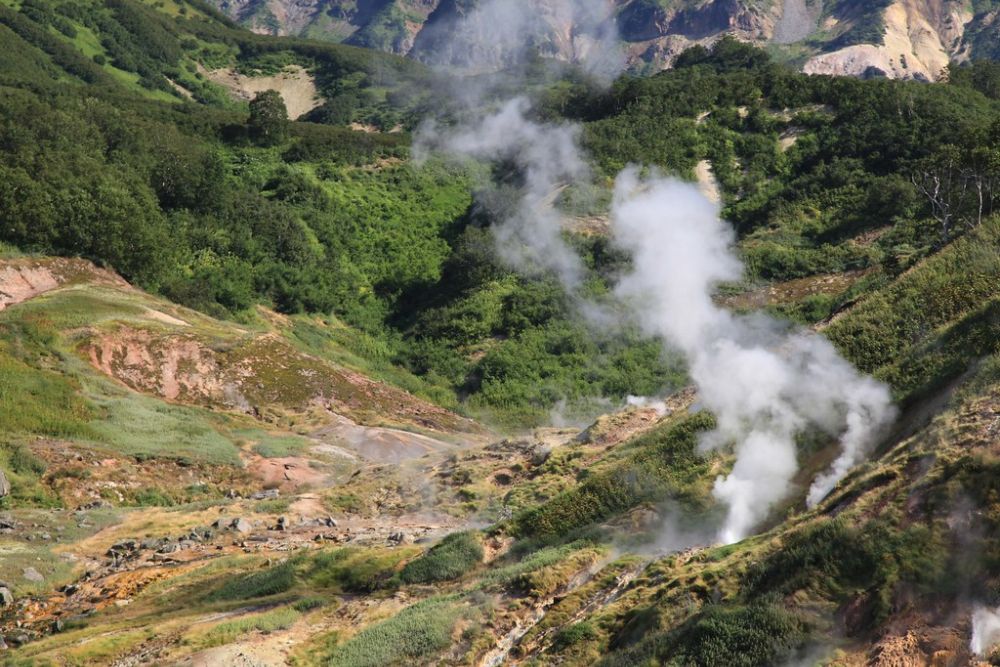
Hidden deep within Russia’s Kamchatka Peninsula, this UNESCO World Heritage site contains over 40 hot springs and geysers scattered across a single valley floor. Access requires a helicopter flight over volcanic peaks and brown bear territory, making it one of the most exclusive thermal spring experiences on Earth.
The springs here bubble up through permafrost in a landscape so remote that scientists are still discovering new species in the surrounding wilderness.
Like Travel Pug’s content? Follow us on MSN.
Bagby Hot Springs
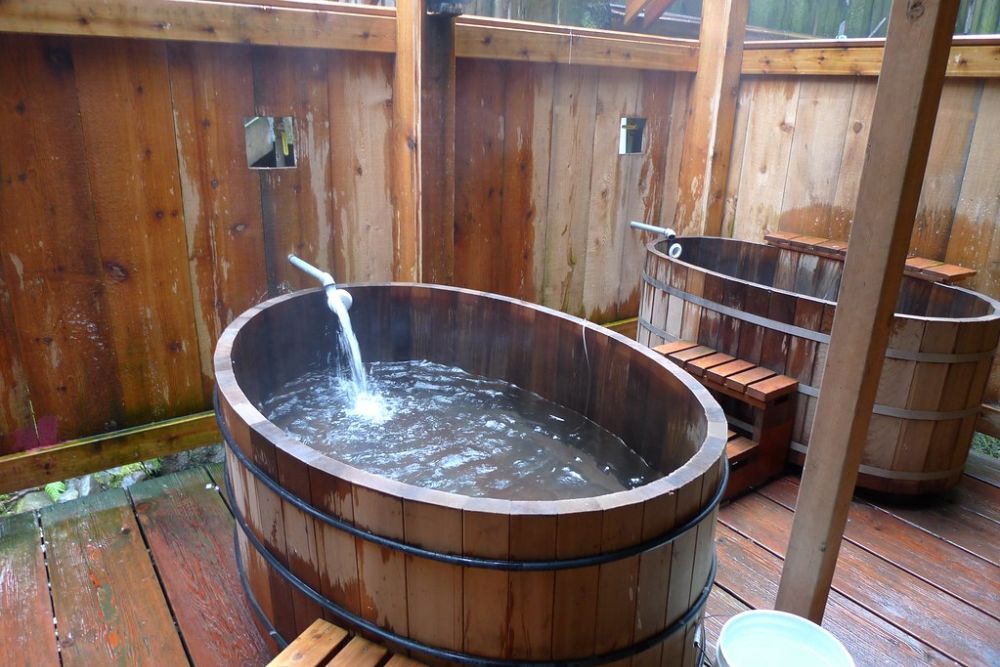
Oregon’s Cascade Mountains hide these rustic cedar soaking tubs that require a 1.5-mile hike through old-growth forest to reach. The springs flow at a perfect 136 degrees Fahrenheit into hand-built tubs that volunteers have maintained since the 1950s.
The forest setting means soaking while listening to nothing but the creaking of Douglas fir branches in the wind and the distant sound of Nohorn Creek flowing toward the Clackamas River.
Reykjadalur

This Icelandic hot spring river requires a 45-minute hike across geothermal fields where the ground literally steams beneath your feet. The trail leads to a spot where hot springs mix with a cold mountain stream, creating a natural bathing river with adjustable temperatures depending on where you position yourself.
The experience feels like discovering a secret known only to the local sheep that graze these remote highland valleys.
Weir Hot Springs
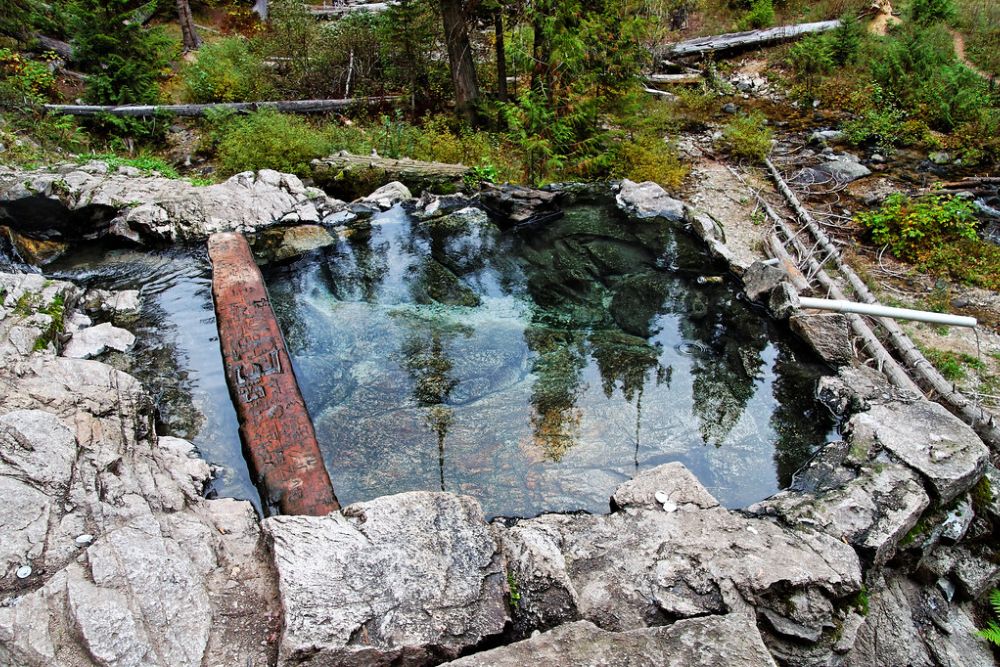
Located 20 miles down a dirt road in Idaho’s Frank Church Wilderness, these springs represent some of America’s most pristine geothermal waters. The drive requires high-clearance vehicles and takes over an hour from the nearest paved road, ensuring that only dedicated hot spring enthusiasts make the journey.
The springs feed into natural rock pools overlooking the Middle Fork Salmon River in what feels like a private spa carved by nature.
Like Travel Pug’s content? Follow us on MSN.
Drangajökull Hot Springs
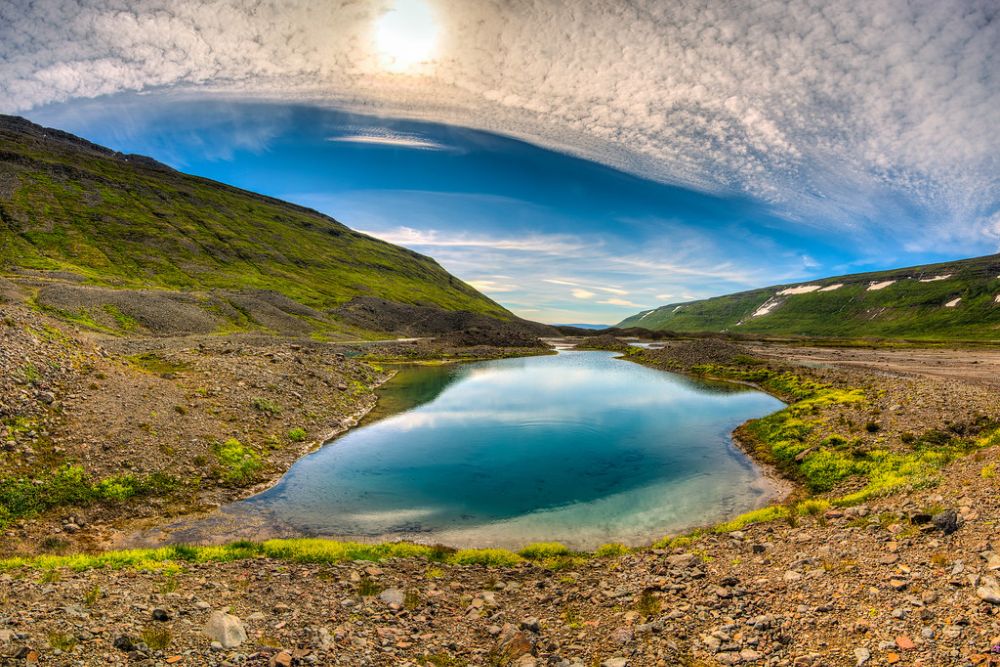
Iceland’s most remote thermal springs sit beneath the country’s northernmost glacier, accessible only by a challenging hike across the Westfjords’ most isolated peninsula. The springs emerge from beneath ice and snow even in summer, creating a surreal contrast between steaming water and arctic conditions.
Reaching these pools requires crossing rivers and navigating terrain where Arctic foxes outnumber humans by a significant margin.
Goldbug Hot Springs
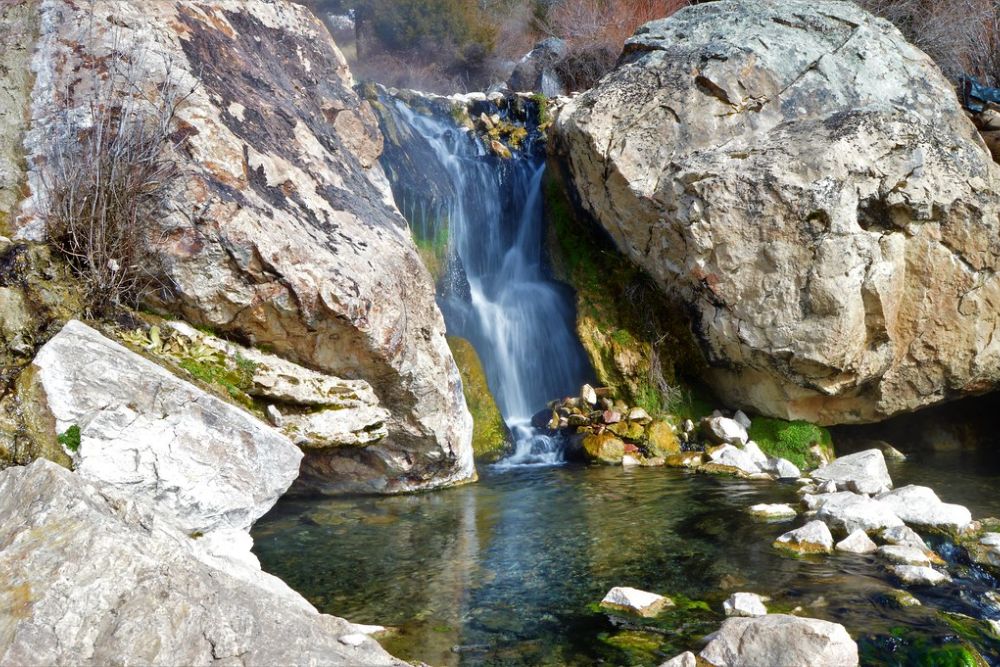
This Idaho gem requires a steep 2-mile hike up Elk Creek Canyon, gaining over 1,000 feet of elevation through rugged terrain that keeps most visitors away. The natural stone pools cascade down the mountainside like a series of terraced bathing areas with temperatures ranging from 90 to 110 degrees.
The effort required to reach these springs means they’re often empty, providing a private mountain spa experience.
Kerlingarfjöll
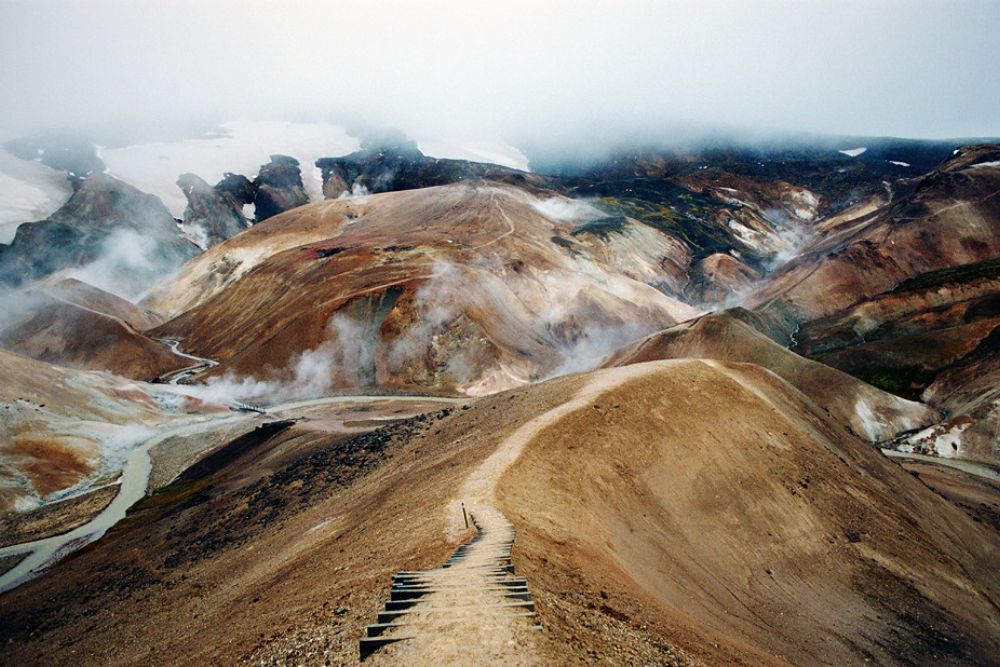
Iceland’s central highlands contain this collection of hot springs scattered across a colorful geothermal field that’s accessible only during a few summer months. The area requires a four-wheel-drive vehicle and can have river crossings that are impassable depending on weather conditions.
The springs here flow through a landscape of steaming fumaroles and multicolored mineral deposits that look more like another planet than Earth.
Like Travel Pug’s content? Follow us on MSN.
Conundrum Hot Springs
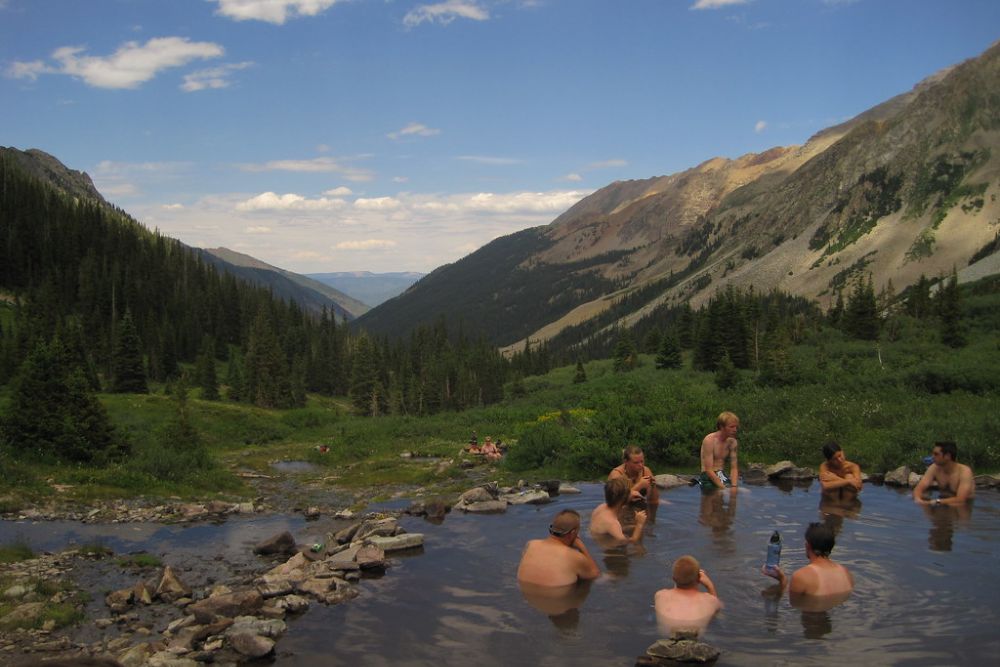
Colorado’s most famous backcountry hot springs require an 8.5-mile one-way hike through the Maroon Bells-Snowmass Wilderness at elevations above 11,000 feet. The natural stone pools maintain temperatures around 100 degrees year-round, providing a warm refuge surrounded by 14,000-foot peaks.
The alpine setting means soaking in the scenery while watching mountain goats navigate cliff faces and listening to the wind rustling through aspen groves.
Askja Caldera
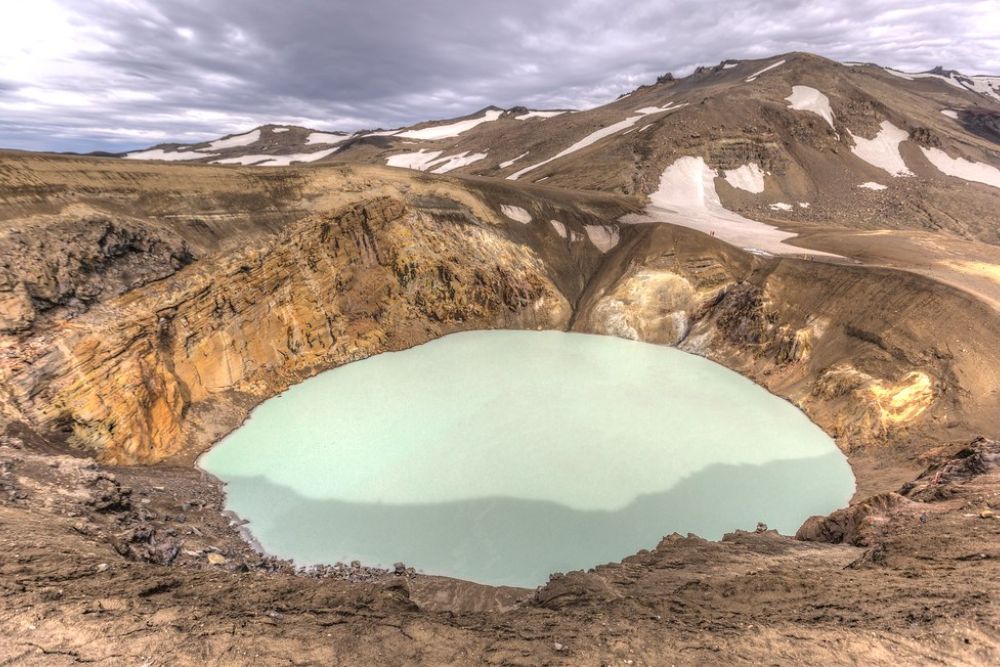
This Icelandic volcanic caldera features geothermal springs alongside a crater lake, accessible only after a multi-hour drive across the uninhabited interior highlands. The route crosses lava fields and lunar-like landscapes so barren that NASA has used the area for astronaut training.
The springs here offer the rare opportunity to bathe in warm water while surrounded by one of Earth’s most Mars-like environments.
Strawberry Hot Springs
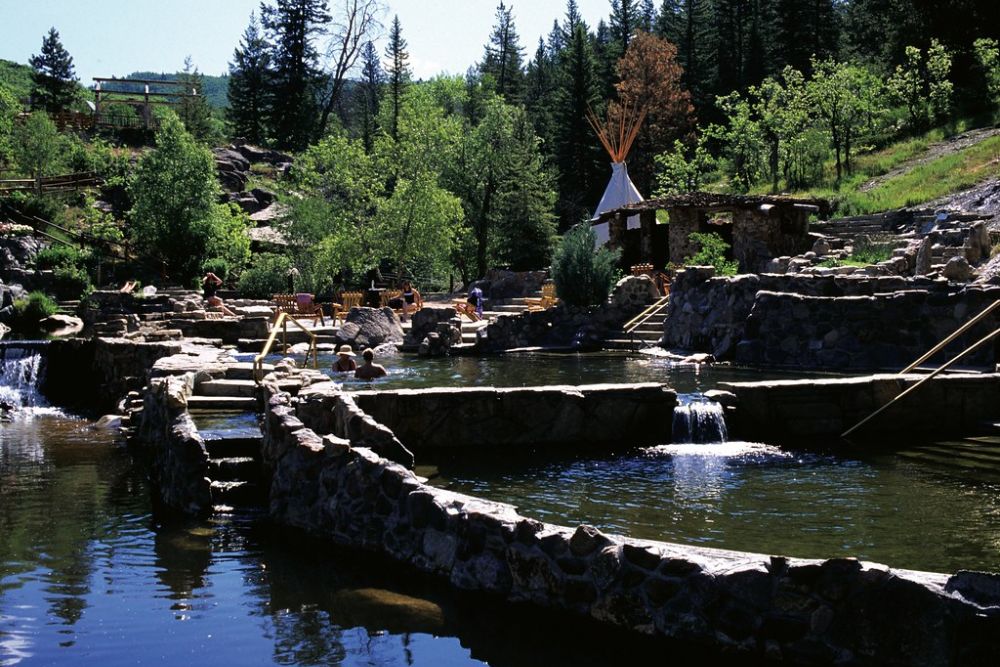
Colorado’s Strawberry Park requires a 4-mile drive up a mountain road that becomes increasingly challenging as elevation increases, especially in winter when four-wheel-drive vehicles are mandatory. The natural rock pools are clothing-optional after dark and maintain temperatures perfect for soaking while watching meteor showers above the Continental Divide.
The remote location ensures clear night skies unmarred by light pollution.
Like Travel Pug’s content? Follow us on MSN.
Mystvatn Nature Baths
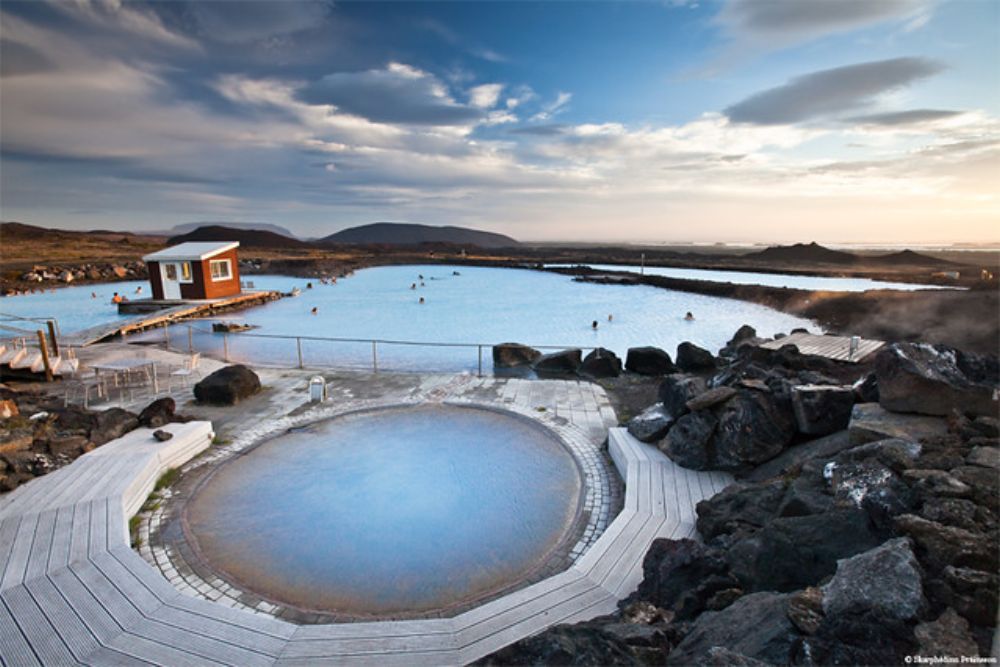
Iceland’s northern answer to the Blue Lagoon sits beside Lake Mývatn in a geothermal area so remote that it receives a fraction of the southern lagoon’s visitors. The milky blue waters are rich in silica and sulfur, flowing through a landscape of pseudocraters and volcanic formations.
The setting provides views across a lake that freezes solid in winter while the hot springs continue steaming against sub-zero temperatures.
Warm Springs Creek

These Idaho springs require a 1-mile hike along the creek trail through dense forest that screens them from casual discovery. The natural pools cascade down a hillside in a series of terraced stone basins fed by 113-degree springs.
The forest setting means soaking surrounded by towering ponderosa pines and the sound of rushing water echoing through the canyon.
Hveravellir
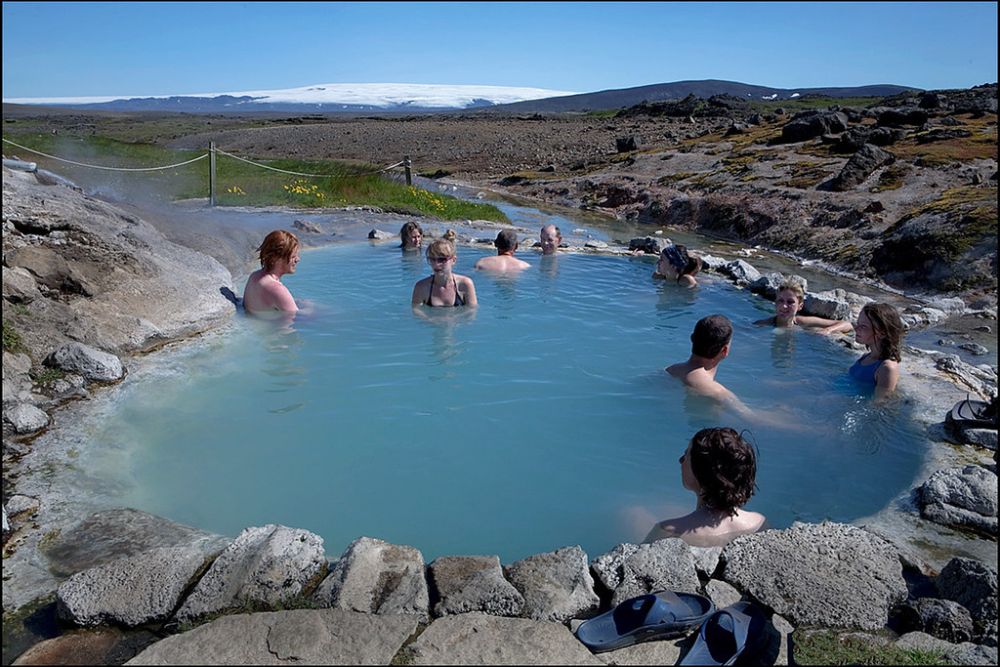
This Icelandic geothermal field sits along the remote Kjölur highland route between glaciers, accessible only during summer months when the mountain roads open. The springs here flow beside a small mountain hut that provides the only shelter for miles in any direction.
The isolation is so complete that the aurora borealis reflects off the hot spring pools during winter months when the area is accessible only by snowmobile.
Like Travel Pug’s content? Follow us on MSN.
Wild Willy’s Hot Springs
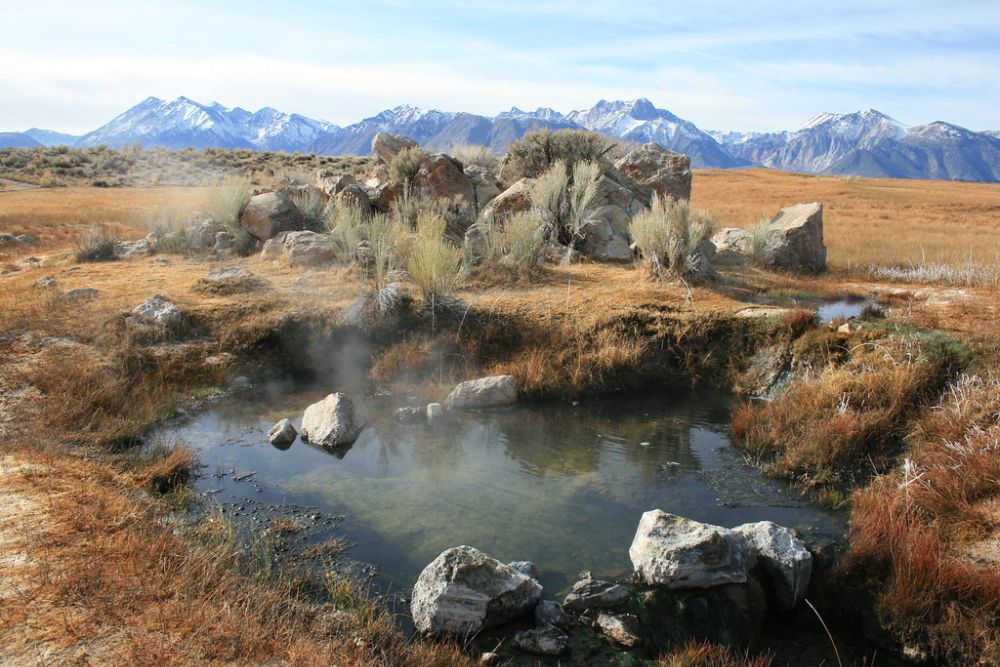
Located in California’s Eastern Sierra, these springs require a 2-mile hike through high desert terrain that few visitors attempt during the heat of summer. The natural pools offer panoramic views across the Owens Valley toward the snow-capped Sierra Nevada mountains.
The desert setting means soaking in the scenery while watching hawks circle overhead and listening to coyotes call across the vast emptiness of the Great Basin.
Hrunalaug
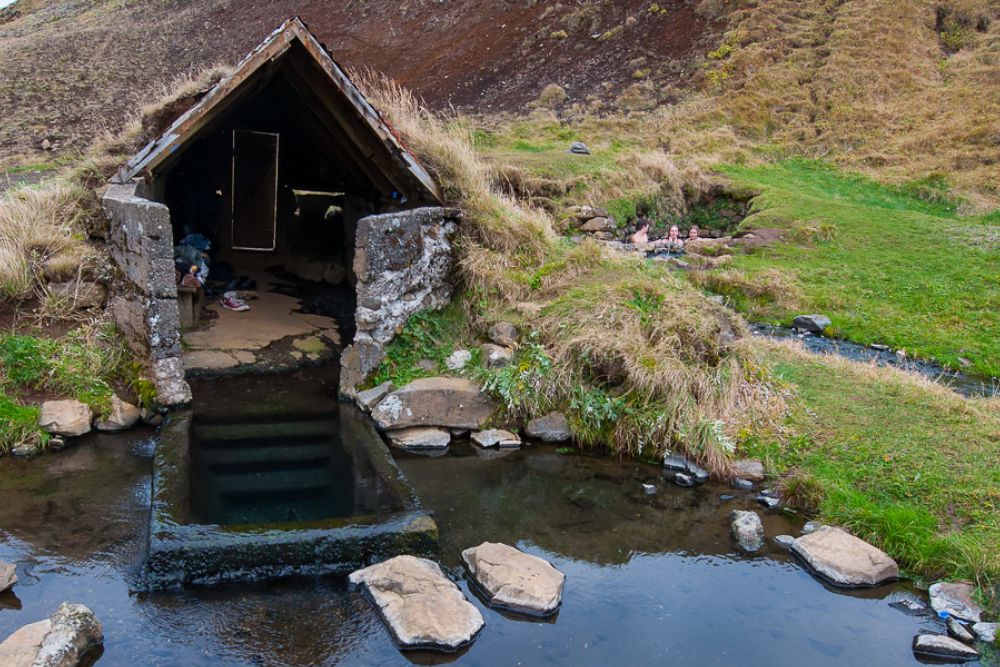
This small Icelandic hot spring sits beside a remote farm in the Fludir area, accessible by a dirt road that most tourists never discover. The circular stone pool maintains a perfect temperature for year-round soaking while providing views across empty fields toward distant mountains.
The intimate size allows it to accommodate only a few people at a time, making it one of Iceland’s most private geothermal experiences.
Terwilliger Hot Springs
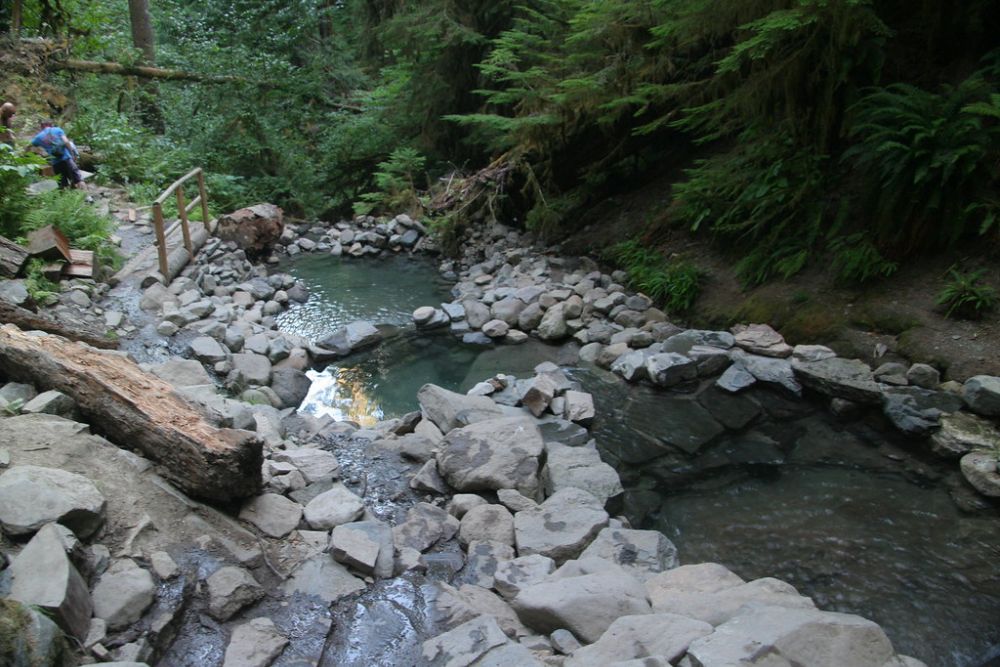
Oregon’s Cougar Hot Springs require a short but steep hike through old-growth forest along the McKenzie River, keeping them hidden from casual visitors. The natural pools cascade down a forested hillside in a series of increasingly warm terraces that max out at 112 degrees.
The clothing-optional atmosphere and forest setting create a back-to-nature experience that feels worlds away from civilization.
Like Travel Pug’s content? Follow us on MSN.
Seljavallalaug
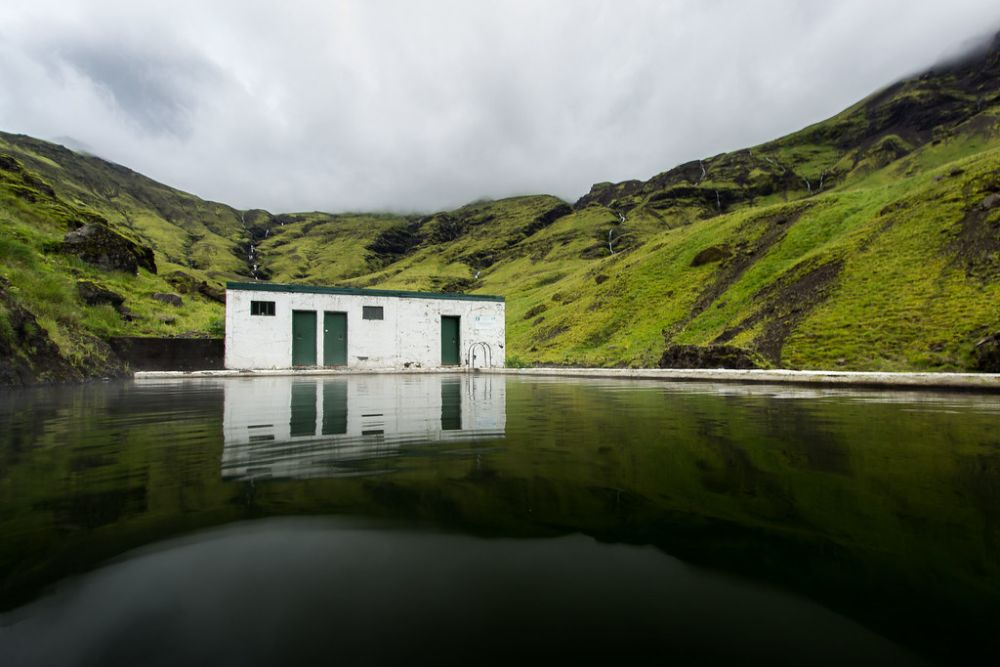
Iceland’s oldest swimming pool sits in a remote valley accessible by a 15-minute walk across a black sand beach and lava fields. The geothermally heated pool, built in 1923, maintains a wild, abandoned feel that makes it seem like a natural hot spring.
The valley location means complete isolation, surrounded by moss-covered cliffs and the sound of wind through basalt formations.
Kirkjufell Hot Springs

These Icelandic springs are situated beneath the country’s most photographed mountain, in a location that requires local knowledge to find and access. The springs flow into small pools that offer views of the distinctive pyramid-shaped peak while you soak in naturally heated water.
The remote Snæfellsnes Peninsula location means encountering more seals than humans during most visits.
Diana’s Punchbowl
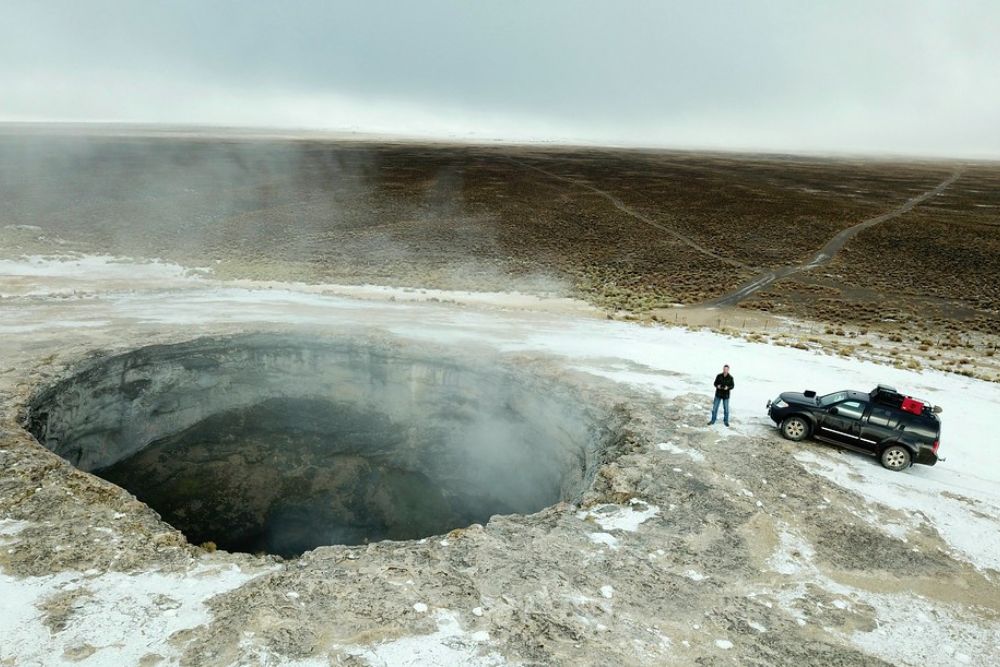
This Nevada desert spring requires a challenging hike through Great Basin terrain that tests visitors’ endurance against extreme heat and isolation. The natural pool maintains a constant temperature in a landscape that is so harsh, it resembles the surface of Mars more than that of Earth.
The remoteness ensures that reaching these springs feels like discovering a hidden oasis in one of North America’s most unforgiving environments.
Like Travel Pug’s content? Follow us on MSN.
Healing Waters in Untamed Places
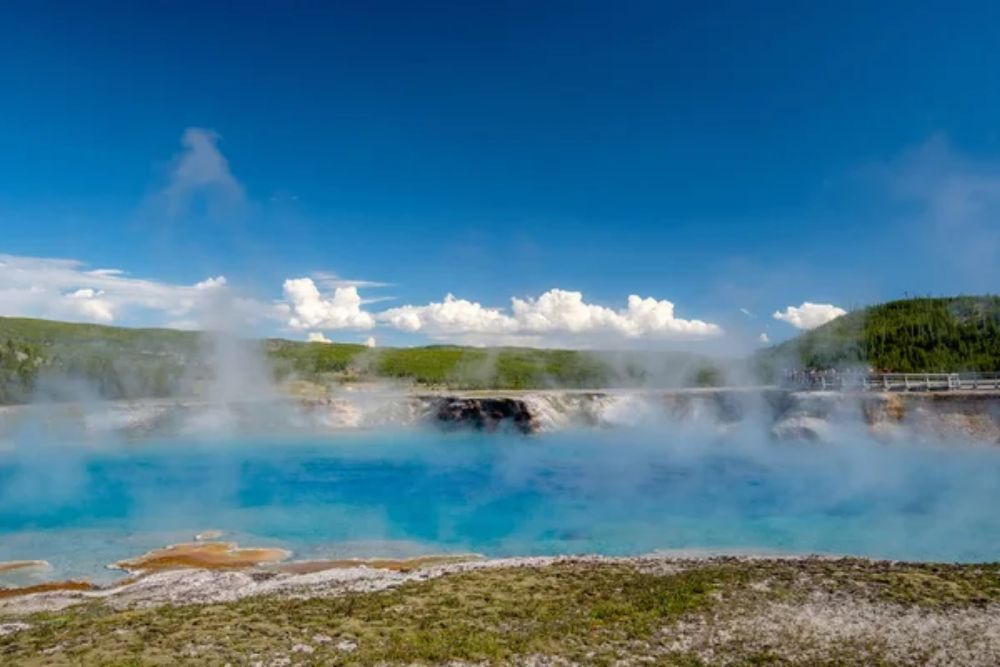
These remote thermal springs represent more than just warm water—they offer authentic connections to wilderness areas that remain largely untouched by modern development. The effort required to reach them filters out casual visitors, ensuring that those who make the journey can experience these natural wonders in their pristine state.
Each spring provides not just physical comfort but also the increasingly rare opportunity to experience true solitude in landscapes where human presence feels like a temporary privilege rather than a permanent right. These hidden gems remind us that Earth’s most valuable treasures often require the greatest effort to reach and the deepest respect to preserve.
More from Travel Pug

- 20 Best Beach Towns in the Carolinas
- 13 Destinations Where Tourists Regularly Regret Their Trip
- 20 Destinations That Are More Magical Without an Itinerary
- 20 Underrated Adventures That Belong on Your Travel List
- 20 Cities Where You Should Just Wing It, No Planning Required
Like Travel Pug’s content? Follow us on MSN.
